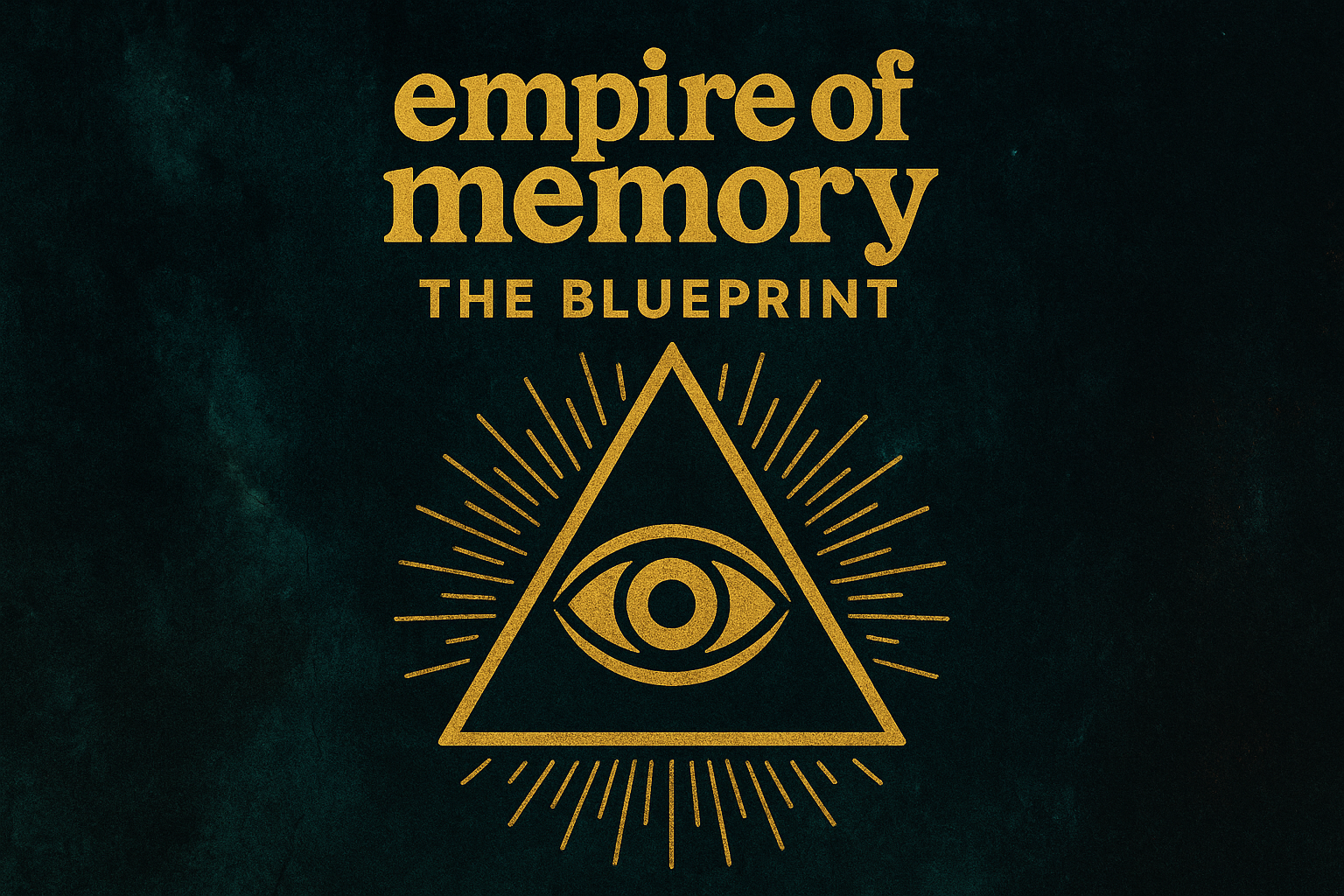“Who controls the past controls the future. Who controls the present controls the past.”
– George Orwell, 1984
Imagine if the Library of Alexandria never burned—if every scroll, every sacred whisper of civilization’s early memory, had been quietly stored, digitized, and indexed by a machine capable of analyzing the rise and fall of empires before they began.
Now imagine that machine is no longer in the hands of monks, historians, or even states. Instead, it belongs to a technologist, a financier, a philosopher of disruption whose fortune depends on deciding which memories are kept, and which are buried.
This is the scaffolding of Peter Thiel’s empire: not a kingdom of land or armies, but of information, influence, and control over collective memory.
Data as Memory, Not Oil
We often hear that “data is the new oil,” a metaphor that implies data is mined, refined, and consumed for economic gain. But data does not combust or disappear; it accumulates. It remembers. It observes even when we forget. And in the right—or wrong—hands, it becomes a medium for shaping what we believe is real.
Peter Thiel understands this. His entire ecosystem is built around the philosophy that memory can be engineered, curated, and deployed as a strategic tool. This isn’t about simply monetizing data, but about transforming it into a structure for controlling narratives, influencing governments, and predicting social outcomes. Memory becomes the terrain on which battles of power and identity are now fought.
The Architecture of a Memory Empire
Thiel’s system is built on three foundational layers.
First are the archives—enormous datasets composed of everything from government records to private communications, historical databases, and predictive models.
Second are the algorithms—systems that sort, prioritize, and classify this raw material into readable patterns, shaping not only what is known, but how it is understood.
Third is influence—the machinery of media, politics, and academia through which these memories are fed into public discourse, often without the public realizing the origin or intent.
Together, these elements form an empire where memory is not passive, but active—reshaped in real time to serve strategic interests.
Palantir and the Machinery of Insight
Palantir Technologies is frequently described as a data analytics company, but this description barely scratches the surface. It functions more like a central nervous system for governments, intelligence agencies, and corporations seeking to anticipate risk, profile behavior, and neutralize opposition. It draws from massive pools of personal, financial, and geopolitical data. Within this system, individual lives become data points, patterns become signals, and signals become policy.
Behind this machinery is Thiel—not merely as a founder, but as an architect of how memory itself is parsed, classified, and utilized. His associated firm, Founders Fund, extends this vision by investing in companies that reinforce this infrastructure—from artificial intelligence platforms to surveillance tools and media networks that shape perception.
Archives with a Purpose
The information systems Thiel supports are not neutral archives. They are designed to filter history through specific lenses—security, profitability, control.
Through Palantir, immigration records, arrest histories, and consumer behaviors are transformed into profiles used to guide decision-making by governments and corporations alike. These systems inform who is targeted, who is overlooked, and whose past is used against them. The archive, once a place of preservation and knowledge, has become a space of quiet violence.
Media theorist Umberto Eco once wrote that “the power of the archive is the power to interpret and to silence.”
Within Thiel’s empire, silence can be engineered as efficiently as memory itself.
The Strategic Use of the Past
What makes Thiel’s approach particularly potent is his ability to merge technological precision with ideological ambition. He invests in tools that do more than store information; they decide what stories rise to the surface. These stories, whether found in curated feeds or predictive models, shape not only what we remember, but how we act.
The control of history becomes the control of political possibility. When memory is digitized and searchable, it can be quietly rewritten. When history becomes software, those who write the code inherit the power of the kings and censors who came before them.
A Question of Ownership
As Project 2025 gains momentum and Thiel-backed figures move further into positions of cultural and political influence, a critical question emerges: Who owns the archive?
In an era where everything is recorded, the question is no longer whether we will forget—but rather, who decides what is worth remembering.
We are not facing censorship in the traditional sense. We are entering a phase where memory is curated, categorized, and deployed at the speed of light, often without our knowledge or consent.
The Curious Stack Call
This essay begins a longer journey—Empire of Memory—a series that explores how memory, power, and technology now intersect. In the coming chapters, we’ll trace the architecture of Thiel’s digital dominion: from Palantir’s role as a shadow archive to his investments in media, education, and psychological operations. We will examine the Epstein files as blackmail archives, and explore how Project 2025 seeks to harness nostalgia as a political weapon.
Next in the series: Palantir – The Shadow Archive

Leave a Reply